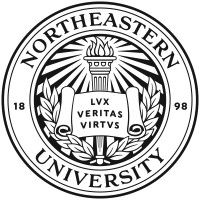Tropical protozoal infections are a significant cause of morbidity and mortality worldwide; four in particular (human African trypanosomiasis (HAT), Chagas disease, cutaneous leishmaniasis, and malaria) have an estimated combined burden of over 87 million disability-adjusted life years. New drugs are needed for each of these diseases. Building on the previous identification of NEU-617 (1) as a potent and nontoxic inhibitor of proliferation for the HAT pathogen (Trypanosoma brucei), we have now tested this class of analogs against other protozoal species: T. cruzi (Chagas disease), Leishmania major (cutaneous leishmaniasis), and Plasmodium falciparum (malaria). Based on hits identified in this screening campaign, we describe the preparation of several replacements for the quinazoline scaffold and report these inhibitors' biological activities against these parasites. In doing this, we have identified several potent proliferation inhibitors for each pathogen, such as 4-((3-chloro-4-((3-fluorobenzyl)oxy)phenyl)amino)-6-(4-((4-methyl-1,4-diazepan-1-yl)sulfonyl)phenyl)quinoline-3-carbonitrile (NEU-924, 83) for T. cruzi and N-(3-chloro-4-((3-fluorobenzyl)oxy)phenyl)-7-(4-((4-methyl-1,4-diazepan-1-yl)sulfonyl)phenyl)cinnolin-4-amine (NEU-1017, 68) for L. major and P. falciparum.






